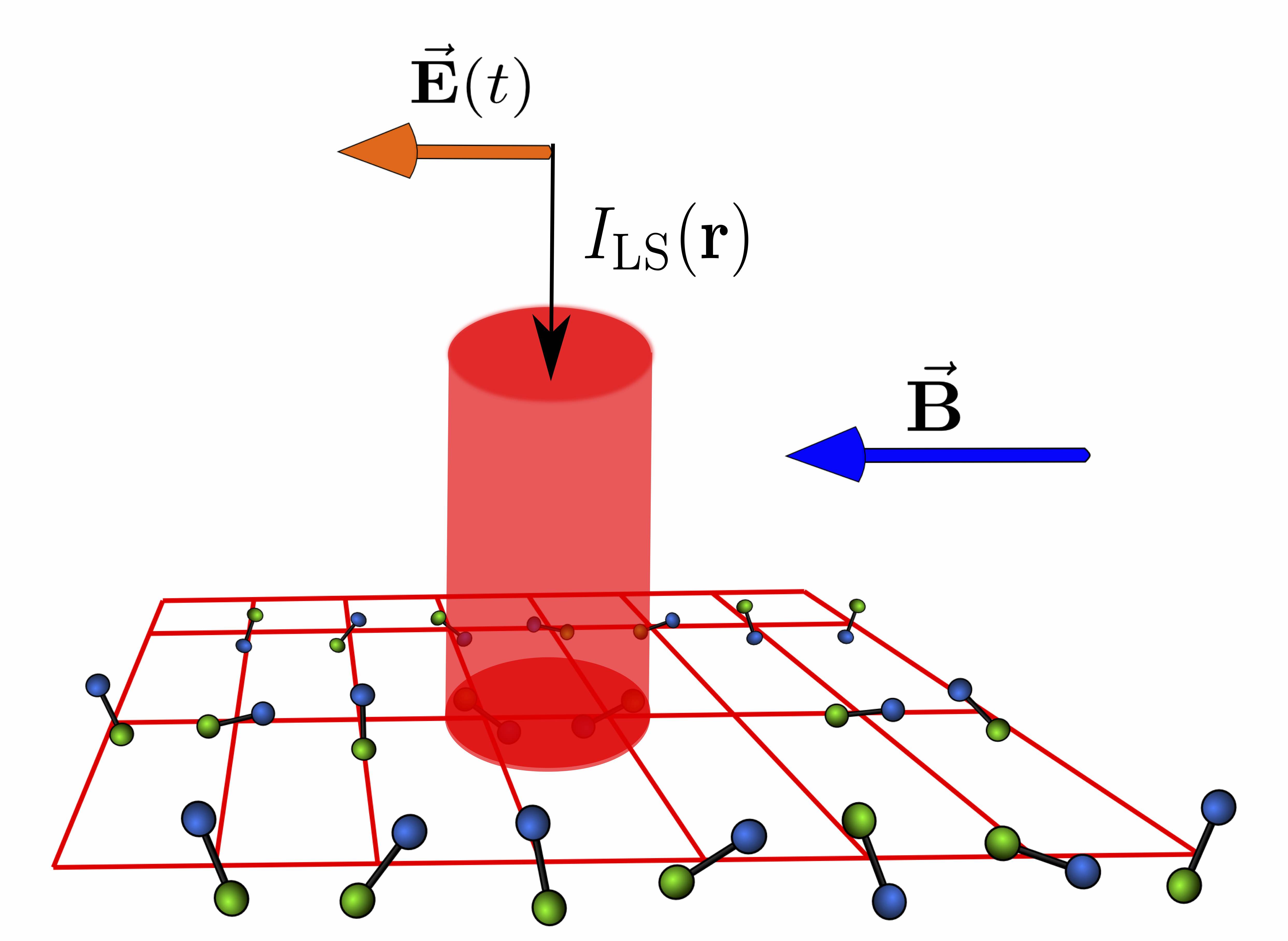Quantum Control with Ultracold Molecules

Atomic, molecular and optical (AMO) physics is at the core of all our research activities. We have studied a number of coherent control schemes designed to manipulate ultracold atomic and molecular collisions using electric and magnetic fields in optical traps, proposing a solution to the well-known difficulty of achieving coherent control of two-body processes via path-interference. We have also studied the collective dynamics of cold polar molecules in optical lattices with tunable phonons arising from the long-range dipole-dipole interactions induced by static electric fields, proposing the first quantum simulator of Holstein polaron physics beyond the conventional regimes commonly found in condensed-matter systems. We have also shown that open-shell polar molecules in optical lattices can be used to implement universal two-qubit quantum gates with single-site resolution using static magnetic fields and far-detuning near-infrared lasers.
We are currently exploring novel sympathetic cooling schemes based on laser-driven atom-molecule collisions between ultracold Rydberg-dressed atoms and polar polyatomic molecules in three-dimensional dipole traps. Designing a general realistic scheme for bringing polyatomic molecules from the millikelvin regime to the microkelvin regime without would allow researchers to explore new cold molecule physics and chemistry.
Representative Publications:
F. Herrera, Y. Cao, S. Kais, K. B. Whaley, Infrared-dressed entanglement of cold open-shell polar molecules for universal matchgate quantum computing, New J. Phys. 16, 075001, 2014
F. Herrera, K. W. Madison, R. V. Krems, M. Berciu, Investigating polaron transitions with polar molecules, Phys. Rev. Lett. 110, 223002, 2013
F. Herrera and R. V. Krems, Tunable Holstein model with cold polar molecules, Phys. Rev. A 84, 051401(R), 2011
F. Herrera, Quantum control of binary and many-body interactions in ultracold molecular gases, PhD Thesis, University of British Columbia, 2012